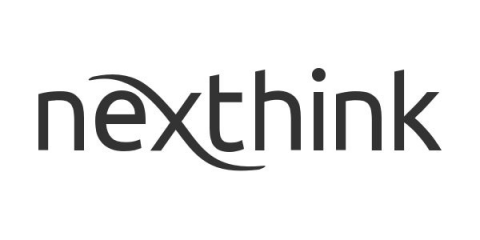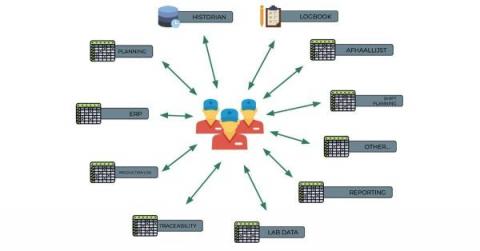Operations | Monitoring | ITSM | DevOps | Cloud
Case Study
GCISD Accelerates Digital Transformation With LogicMonitor
The Top Public Sector Consideration for 2022: Kubernetes Adoption
Kubernetes is one of the most popular platforms for managing and deploying applications built on microservices and containers. For the public sector, deploying pure upstream Kubernetes in offline, air-gapped environments can be a big challenge. Especially when you’re dealing with strict security controls and limited bandwidth, processes, and resources in place to ramp up quickly.
Banking platform maker overhauls global IT support, reaps rewards
If you’re a banking customer, chances are you’ve used a product created by Intellect Design Arena. The Chennai-based fintech company supports more than 10 million transactions a day across 91 countries, with cloud-native solutions for core banking, transaction, risk, treasury, and insurance. Intellect has doubled its customer base nearly every year.
A look at how the U.S. Department of Defense deploys the Grafana stack
In September 2021, the U.S. Department of Defense’s Iron Bank formally authorized Grafana, Grafana Enterprise, and Grafana Loki, allowing the 100,000 employees and contractors who work on DoD software, both classified and unclassified, to easily select and immediately deploy Grafana Labs software without additional approvals and security certifications. In our first-ever government session at ObservabilityCon 2021, former U.S.
How a company saved 32k hours of IT support and $1.6M on their Windows Migration
A Windows migration is like taking out the trash–you can always delay it, but you’ll have to do it at some point (and you’ll be so happy once it’s done). Unlike taking out the trash, however, the risk of failure throughout the entire migration process is extremely high, especially when you consider all the moving parts.
How managed service provider CTAC onboards customers at lightning speed
Algist Bruggeman Uses Insights from InfluxDB to Optimize Industrial Processes and Production
Founded in 1884 and located in Ghent, Belgium, Algist Bruggeman supplies fresh, liquid, and dried yeast to industrial, semi-artisanal, and artisanal bakeries, as well as to the beer, wine, and pharma industries. Algist Bruggeman is part of the Lesaffre Group, a key global player in fermentation for more than a century. Even with more than a century of industrial production behind it, Algist Bruggeman continues to evolve its manufacturing processes.











